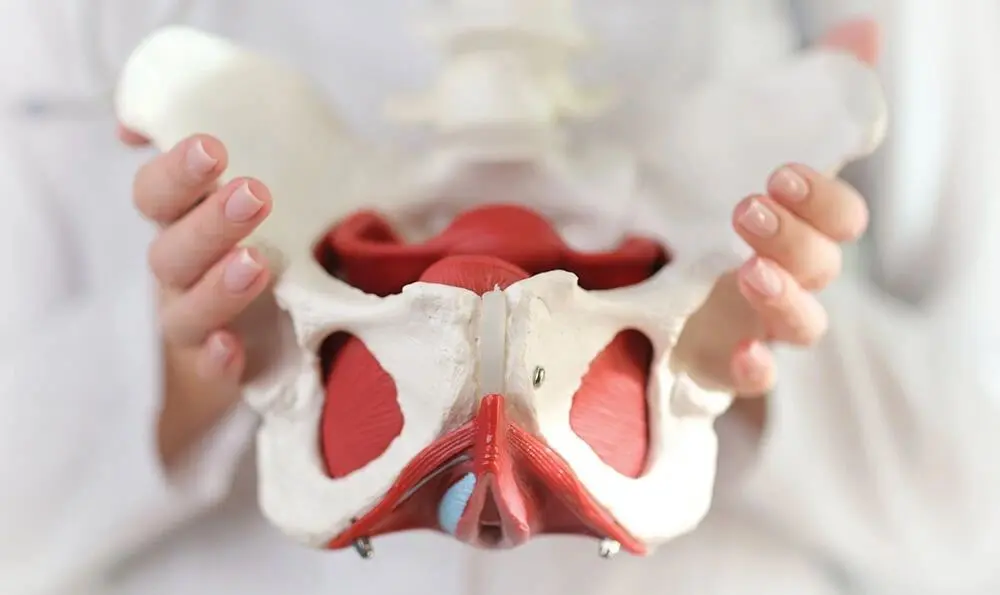
Introduction to Pelvic Health Physical Therapy
Pelvic health physical therapy is emerging as an increasingly prominent specialty in the field and education of physical therapists. More and more therapists are implementing interventions that address the pelvic floor muscles, and how they coordinate with the rest of the body. What are the pelvic floor muscles, and what do they do? These muscles have a variety of functions outlined below that are important for everyday activities.
Pelvic Organ Support: The pelvic floor muscles come together to form a bowl shaped support system for pelvic organs including the bladder, rectum, uterus, prostate, and the vagina. Weakness of the pelvic floor can lead to prolapse or decreased support of these organs, which may present as pain, heaviness, or pressure in the pelvic area.
Bowel and Bladder Function: These muscles not only support the bladder and rectum, but also communicate with the brain for proper voiding habits. Increased urinary urgency or voiding 1 or more times an hour may indicate a need for bladder habit retraining. Weakness of the pelvic floor may lead to urinary or fecal incontinence and increased urgency, while increased tightness of the pelvic floor muscles may lead to symptoms such as constipation.
Sexual Function: Pelvic floor muscles play a role in arousal, ability to orgasm, and erectile and ejaculatory function. Changes in these functions may indicate pelvic floor dysfunction. Additionally, pain at any point during intercourse may indicate need for targeted pelvic health physical therapy.
Spine and Pelvic Stability: During daily activities, the pelvic floor muscles work with your diaphragm, core, and other muscles in order to prepare the body for different movements. Often times, changes to the pelvic floor may present as pain in the low back, groin, hips, or thighs.
Breathing: The diaphragm and the pelvic floor muscles coordinate during breathing in order to manage the changes of pressure within the abdomen. When these muscles are out of sync, it may lead to increased pressure on the pelvic floor during certain activities. For example, if you are noticing urinary leakage during workouts, you may benefit from physical therapy to learn pressure management and coordination techniques.
Pregnancy and Childbirth: As the pelvic floor supports the uterus, it supports a growing baby throughout pregnancy and aids in vaginal deliveries. Through pelvic health physical therapy, techniques can be taught to prep the pelvis and pelvic floor for birth, help prevent perineal scarring, and help you stay active throughout your pregnancy. Postpartum, physical therapy can address perineal or cesarean section scar management, and training the pelvic floor in order to get back to the activities you love most.
A variety of conditions and symptoms can be treated with pelvic health physical therapy in order improve your function in the activities that are most meaningful to you. For more questions on pelvic health physical therapy, or to see if you would benefit from this type of treatment, contact us at Dynamic Physical Therapy today! Please call (312) 643-1555 or email info@dynamic-PT.com.
